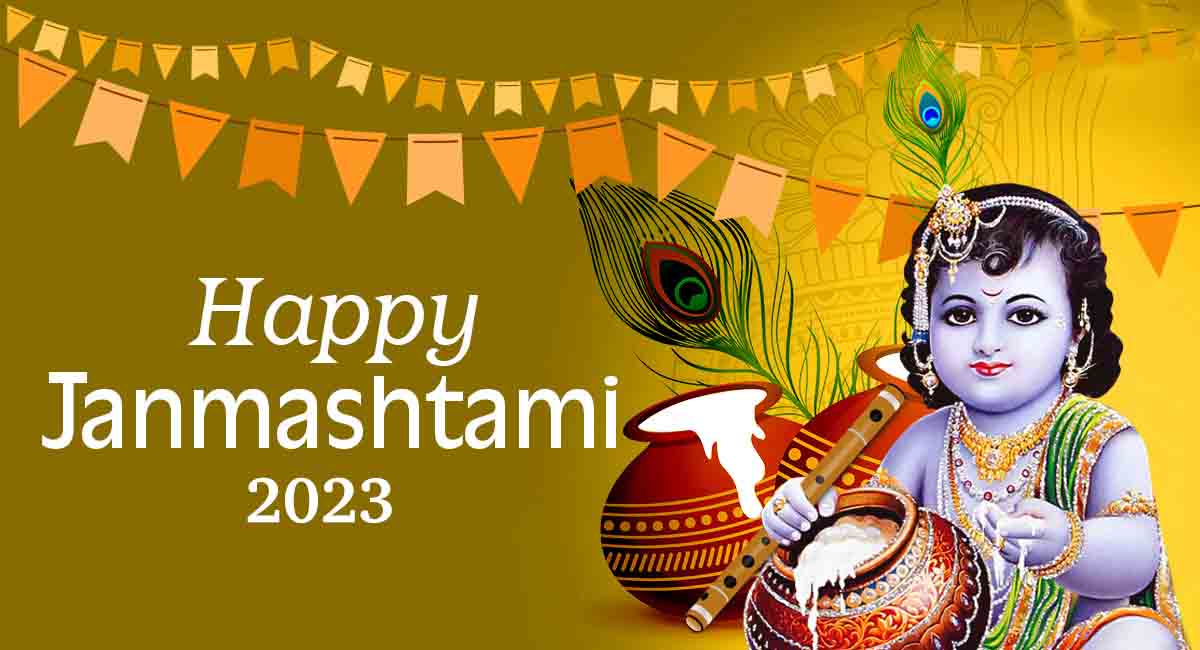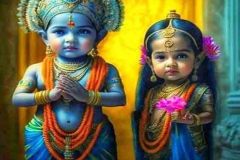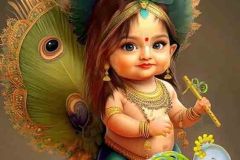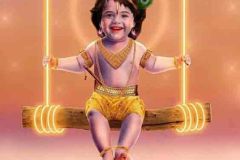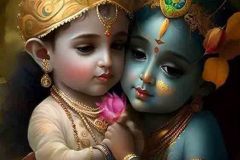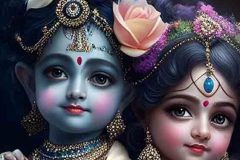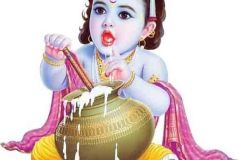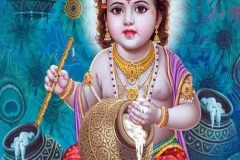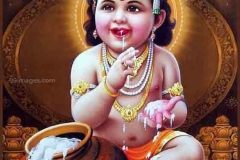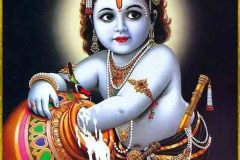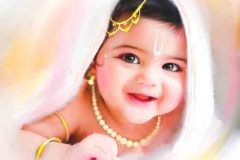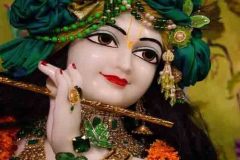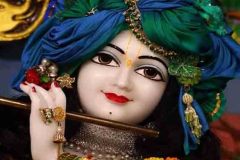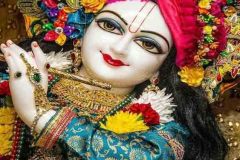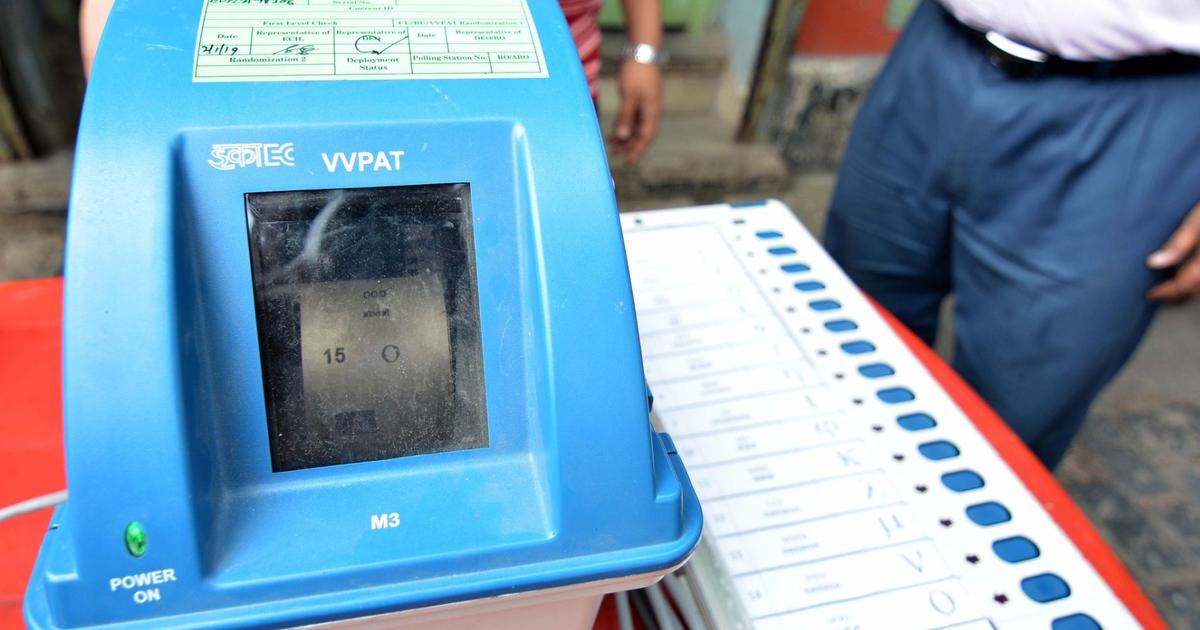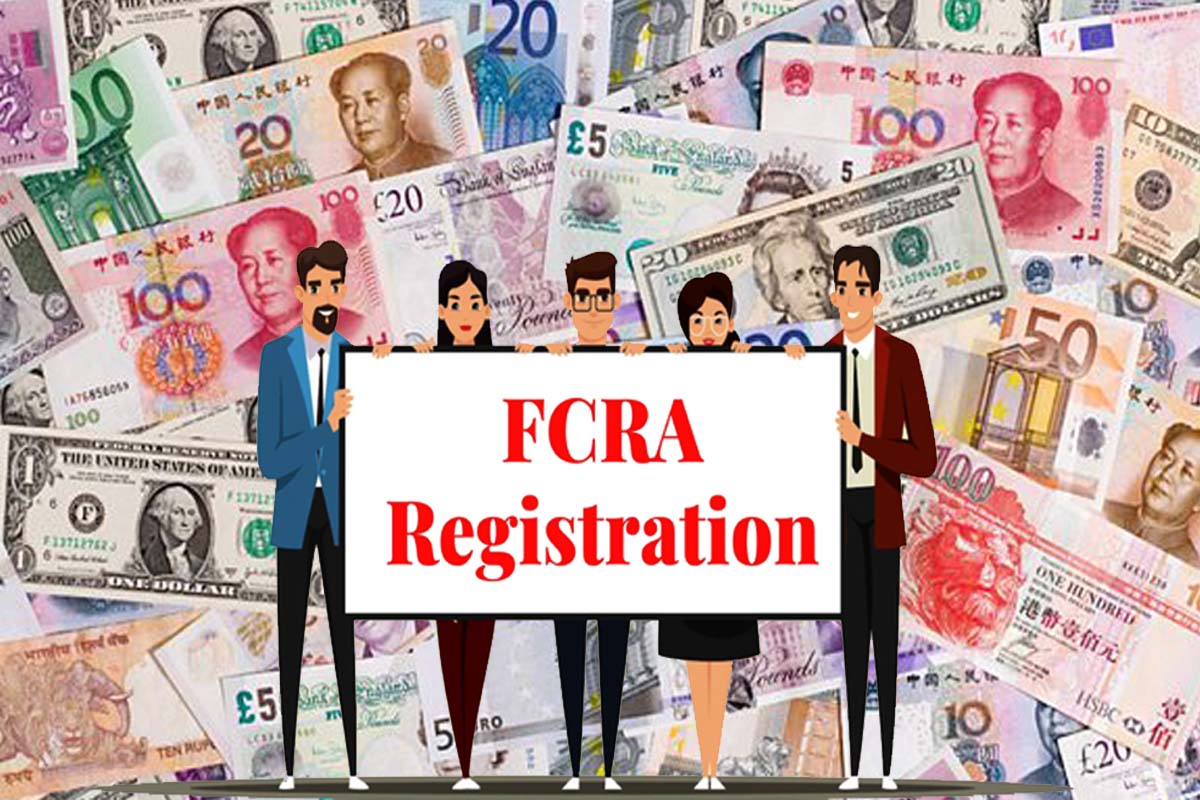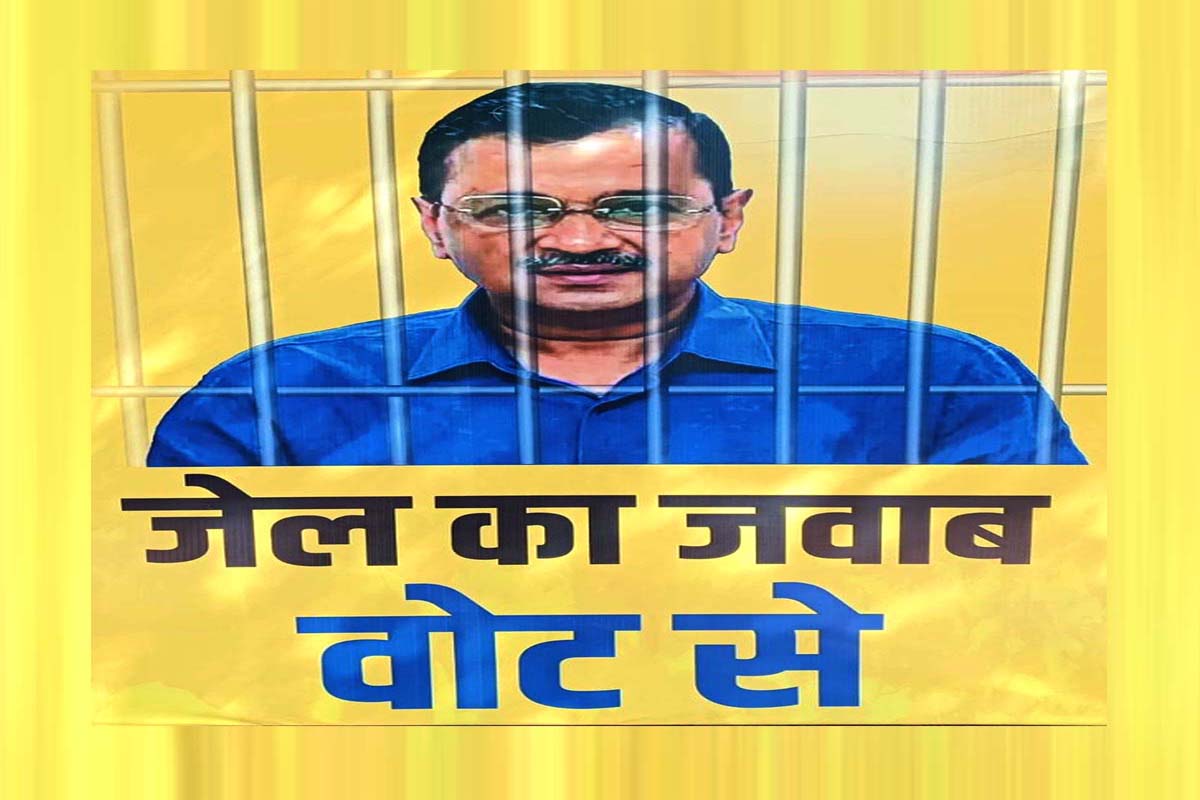What is the Special Item for Janmashtami Online?
This year, Janmashtami 2024 falls on August 26th, 2024, and preparations are already underway to celebrate this auspicious day. Janmashtami is one of the most popular Hindu festivals that is celebrated across India and the world. It marks the birth of Lord Krishna, who is believed to be the eighth avatar of Lord Vishnu. We will explore the significance of Janmashtami, its customs and traditions, and how it is celebrated across India.
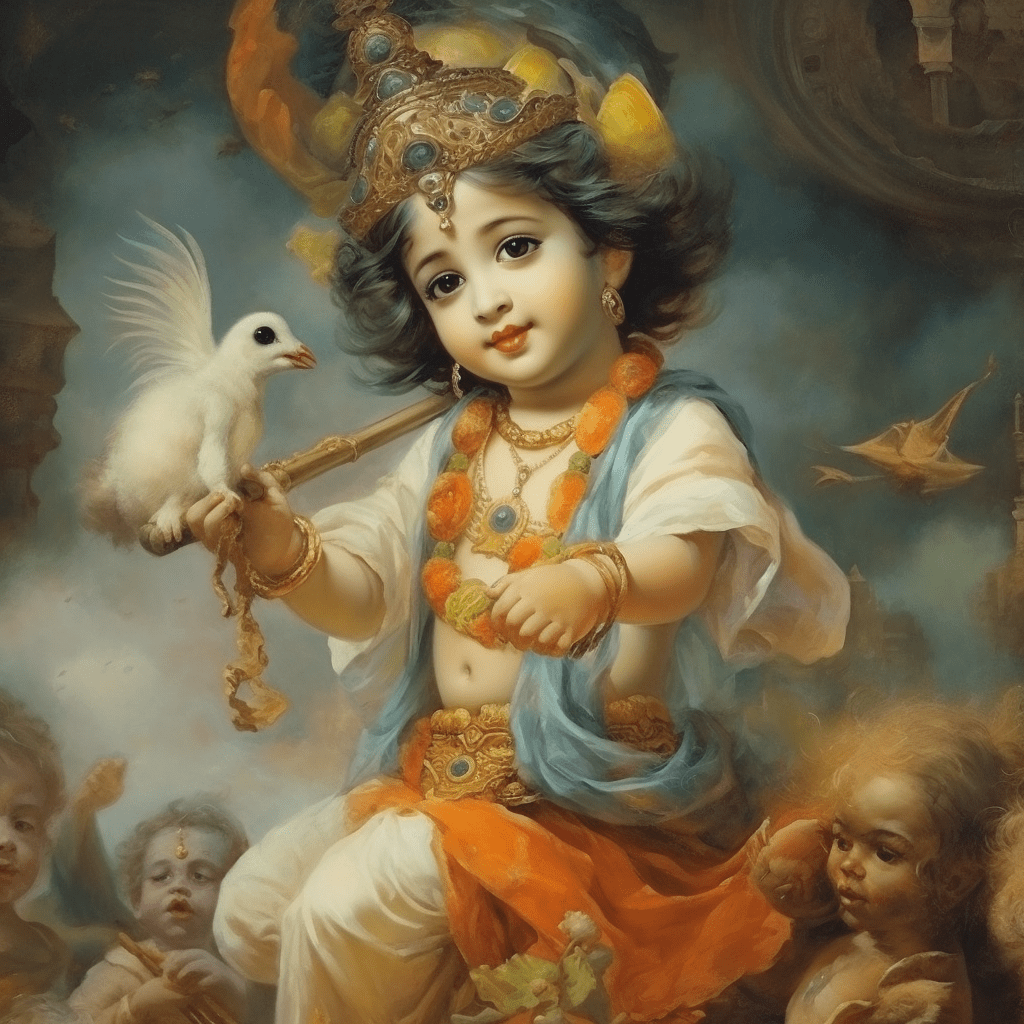
Krishna Janmashtami 2024 Date and Mahurat
Shri Krishna Jayanti Yoga
5251th Birth Anniversary of Lord Krishna
| Krishna Janmashtami on | Monday, August 26th, 2024 |
| Nishita Puja Time | 12:01 AM to 12:45 AM, August 27th, 2024 |
| Duration | 00 Hours 45 Mins |
| Dahi Handi on | Thursday, August 27th, 2024 |
Parana as per Dharma Shastra
Parana as per Dharma Shastra
Parana Time – after 03:38 PM, Aug 27
On Parana Day Rohini Nakshatra End Time – 03:38 PM
On Parana Day Ashtami got over before Sunrise
Alternate Parana as per Dharma Shastra
Parana Time – after 05:57 AM, Aug 27
Parana can be done on next day sunrise after Deva Puja, Visarjan etc.
Parana as per modern tradition in society
Parana Time – after 12:45 AM, Aug 27
at many places in India, Parana is done after Nishita i.e. Hindu midnight
Fasting Rules on Krishna Janmashtami
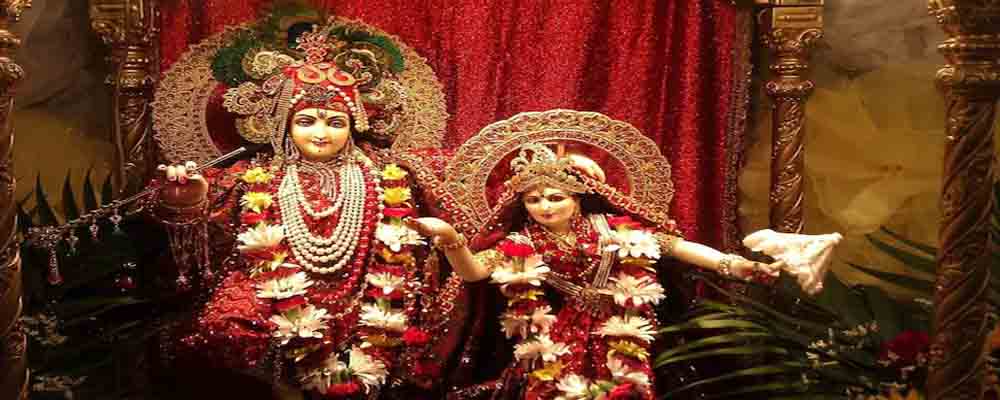
Fasting is considered a way of purifying the body and mind and invoking the blessings of Lord Krishna. We will discuss the fasting rules on Krishna Janmashtami.
The Significance of Fasting on Janmashtami
Fasting is an essential part of Janmashtami celebrations. It is believed that fasting helps to purify the mind and body and helps devotees to connect with Lord Krishna on a deeper level. Fasting on Janmashtami is also a way of showing devotion and gratitude to the Lord.
Guidelines for Fasting on Janmashtami
The following are some of the rules and guidelines for fasting on Janmashtami:
Fasting Time
The fasting on Janmashtami usually begins at sunrise and ends at midnight. Some devotees may choose to fast for the entire day, while others may prefer to break their fast after the midnight puja.
Food Restrictions
Devotees who fast on Janmashtami are expected to follow a strict vegetarian diet. They are not allowed to eat any grains, including wheat, rice, and lentils. They can consume fruits, nuts, and dairy products like milk, yogurt, and butter.
Water Intake
Drinking water is allowed during the fast, but some devotees may choose to restrict the amount of water they consume.
Puja Rituals
Many devotees break their fast after the midnight puja, which involves the worshipping of Lord Krishna with various offerings like fruits, sweets, and milk. It is believed that breaking the fast after the puja brings blessings and good luck.
Breaking the Fast
When breaking the fast, it is recommended to start with light and easily digestible foods like fruits or liquids like milk. It is also essential to avoid overeating or consuming heavy meals.
All About the Festival of Kanha Janmashtami 2024
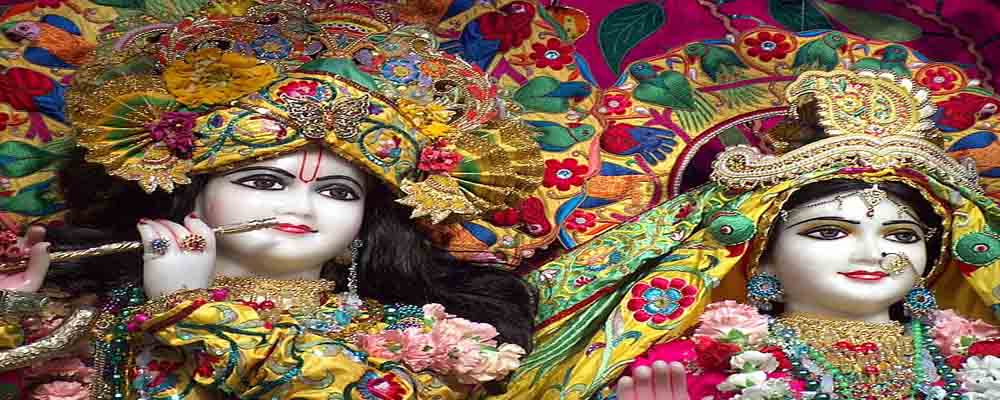
Janmashtami is a Hindu festival that celebrates the birth of Lord Krishna, one of the most popular and beloved deities in Hinduism. The festival is celebrated with great enthusiasm and devotion by millions of devotees worldwide, particularly in India. In this article, we’ll take a closer look at the significance of Janmashtami, its traditions, rituals, and how it is celebrated.
Significance of Janmashtami Festival
According to Hindu mythology, Lord Krishna was born on the eighth day (ashtami) of the dark fortnight in the Hindu month of Bhadrapada. He was born in the city of Mathura in northern India, to Devaki and Vasudeva, who were imprisoned by Devaki’s evil brother, King Kamsa. The story of Lord Krishna’s birth, childhood, and life is told in the ancient Hindu scripture, the Bhagavad Gita.
Janmashtami is celebrated to commemorate Lord Krishna’s birth and to spread his message of love, compassion, and righteousness. Lord Krishna is considered to be an embodiment of God, and his teachings are relevant even today, thousands of years after his birth.
Rituals and Traditions of Janmashtami
Janmashtami is a two-day festival, and it is celebrated with great fervor across India. Devotees fast during the day and break their fast at midnight, which is believed to be the time when Lord Krishna was born.
The festival is celebrated by decorating temples and homes with flowers and lights, preparing delicious food, singing devotional songs, and performing puja rituals. Many devotees also participate in the Dahi Handi ceremony, which involves breaking a pot filled with curd and butter, symbolizing Lord Krishna’s mischievous nature as a child.
Another important tradition of Janmashtami is the Jhanki or cradle decoration, where an ornate cradle is decorated with flowers and other decorations, symbolizing Lord Krishna’s birth. The cradle is placed in a temple or home and devotees offer prayers and sweets to Lord Krishna.
How Janmashtami is Celebrated
Janmashtami is celebrated in different ways across India, but the essence of the festival remains the same – to seek the blessings of Lord Krishna and to remember his teachings. In Mathura and Vrindavan, two cities closely associated with Lord Krishna, grand processions are taken out, and temples are decorated with lights and flowers.
In Maharashtra, Janmashtami is celebrated as Gokulashtami, and devotees prepare a special sweet called ‘modak’ and offer it to Lord Krishna. In Gujarat, the festival is celebrated with great enthusiasm, and devotees participate in the Dandiya Raas, a traditional dance performed during the festival.
Shri Krishna Janmashtami Puja Vidhi
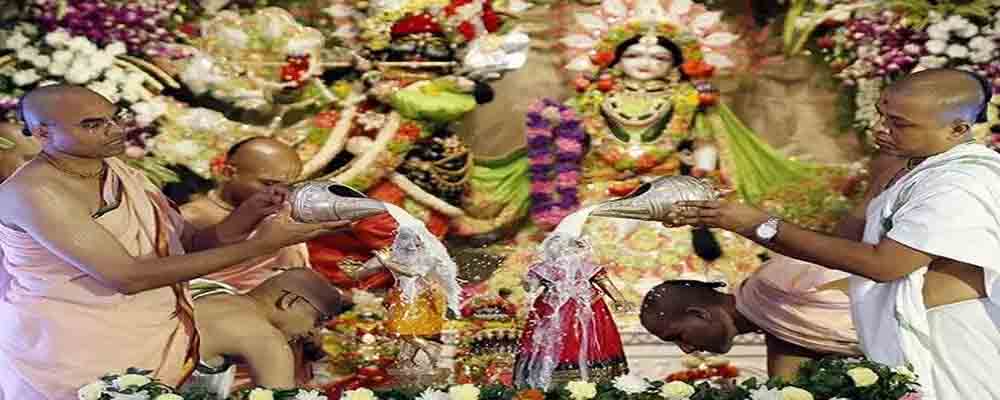
Shri Krishna Janmashtami Puja Vidhi is the set of rituals and traditions followed during the celebration of Janmashtami. The puja vidhi may vary from region to region, but the essence remains the same – to seek the blessings of Lord Krishna and to commemorate his birth. In this article, we’ll take a look at the basic puja vidhi followed during Janmashtami.
Preparing for the Puja
Before the puja, devotees should take a bath and wear clean clothes. The puja area should be cleaned and decorated with flowers, lights, and other decorations. The deity of Lord Krishna should be placed in the puja area, and a small cradle should be decorated with flowers and other decorations to symbolize his birth.
Puja Vidhi
The puja vidhi begins with the chanting of mantras and the lighting of incense sticks and diyas. The priest or the head of the family offers flowers, fruits, sweets, and other offerings to Lord Krishna. The deity is then bathed with milk, curd, honey, and other auspicious liquids, and is dressed in new clothes.
After the bathing and dressing of the deity, the priest or the head of the family performs the aarti, where a lamp is waved in front of the deity to invoke his blessings. Devotees sing bhajans and devotional songs in praise of Lord Krishna, and offer prayers to him.
At midnight, which is believed to be the time when Lord Krishna was born, the cradle is rocked gently, and devotees break their fast by sharing prasad and other sweets.
Significance of the Puja
The puja vidhi during Janmashtami is an important ritual that symbolizes the birth of Lord Krishna and seeks his blessings. The puja is performed to remember the teachings of Lord Krishna, spread his message of love, compassion, and righteousness, and to seek his guidance in life. It is believed that performing the puja with devotion and sincerity can bring prosperity, happiness, and peace to the devotees.
Astrological Significance of Shri Krishna Janmashtami 2024
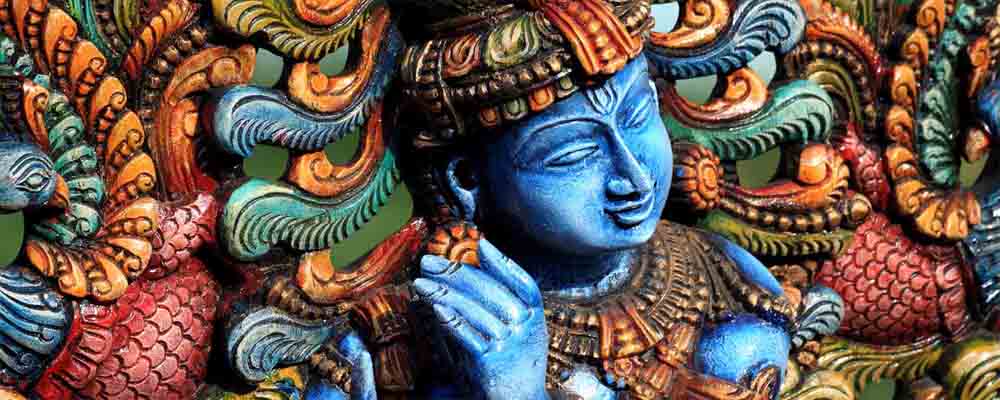
Shri Krishna Janmashtami is an important Hindu festival celebrated every year to commemorate the birth of Lord Krishna. In 2024, Janmashtami will be celebrated on August 26th. Apart from its religious significance, Janmashtami also holds astrological significance, which is believed to affect the lives of individuals born during this time. In this article, we’ll take a look at the astrological significance of Shri Krishna Janmashtami 2024.
Janmashtami and Astrology
Janmashtami is celebrated during the Hindu month of Bhadrapada, which falls in the month of August-September according to the Gregorian calendar. According to Vedic astrology, Lord Krishna was born under the Rohini Nakshatra, which is considered to be an auspicious star. This is why the festival of Janmashtami is celebrated during this particular time.
Astrological Significance
Individuals born during the Rohini Nakshatra are said to possess the qualities of Lord Krishna, such as charm, intelligence, wit, and charisma. They are believed to be blessed with good fortune and are likely to succeed in their endeavors. People born during this time are also believed to be kind, compassionate, and understanding.
According to astrologers, performing puja and other rituals during Janmashtami can help individuals overcome the negative effects of their horoscope, and lead a happy and prosperous life. It is also believed that observing fasts and offering prayers during Janmashtami can help individuals overcome obstacles, and achieve success in their personal and professional life.
Legends Associated with Kanha Janmashtami
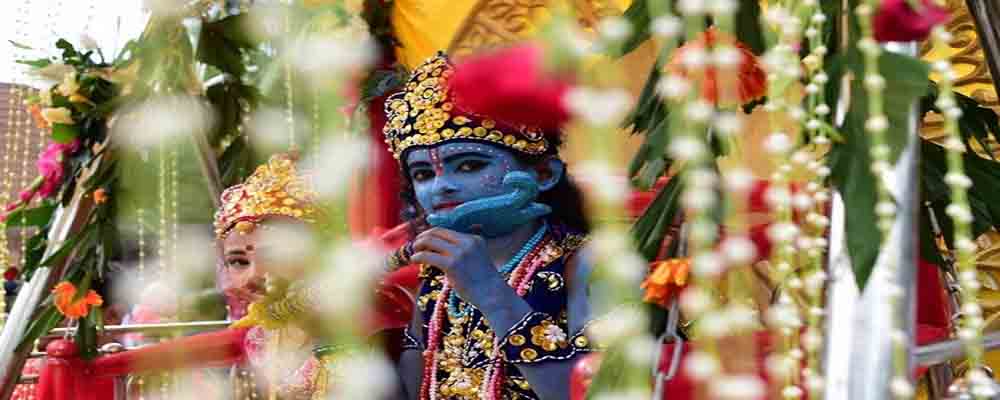
Janmashtami, the birth anniversary of Lord Krishna, is one of the most important Hindu festivals celebrated with great zeal and fervor across India. This auspicious day is marked by the chanting of mantras, the singing of devotional songs, and the recitation of stories and legends associated with the birth of Lord Krishna. In this article, we will explore some of the popular legends associated with Janmashtami.
Legend of Kansa and Lord Krishna’s Birth
According to Hindu mythology, Lord Krishna was born to Devaki and Vasudeva in Mathura. Devaki’s brother, Kansa, had been foretold that the eighth child of his sister would kill him. In an attempt to thwart this prophecy, Kansa imprisoned Devaki and Vasudeva and killed each of their seven children as soon as they were born.
However, when Lord Krishna was born, a miracle happened. Vasudeva managed to sneak out of the prison with baby Krishna and took him across the Yamuna River to the house of Nanda and Yashoda in Gokul. This incident is celebrated as Janmashtami.
Legend of Lord Krishna and the Butter Thieves
Lord Krishna was fond of butter since childhood, and often stole it from the houses of the villagers in Gokul. He would do this with the help of his friends, who would form a human pyramid to reach the pots of butter hung high up. The villagers would complain about this to Yashoda, but she would only laugh it off, finding it amusing.
Legend of Lord Krishna and the Govardhan Hill
The legend of Lord Krishna and the Govardhan Hill is also associated with Janmashtami. According to the legend, the villagers of Gokul were preparing for a grand puja to please Lord Indra, the god of rain, who they believed was responsible for their well-being. However, Lord Krishna convinced them to worship the Govardhan Hill instead, as it was the hill that protected them from the rain and provided them with sustenance. Pleased with the devotion of the villagers, Lord Indra sent a fierce thunderstorm to punish them. Lord Krishna lifted the Govardhan Hill on his little finger and held it up to protect the villagers from the storm.
About Two Krishna Janmashtami Dates
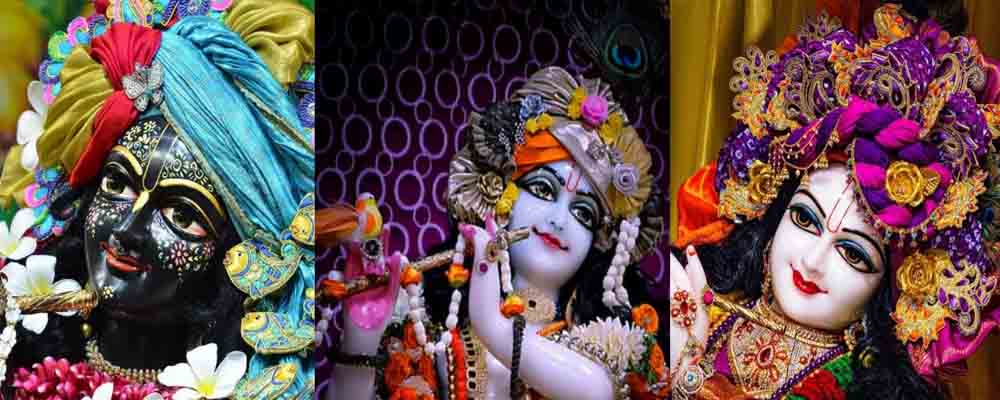
Krishna Janmashtami, the birthday of Lord Krishna, is one of the most significant Hindu festivals celebrated with great enthusiasm and devotion across India. However, what many people do not realize is that there are two different dates observed for Janmashtami in India. In this article, we will explore the reasons behind the difference in Janmashtami dates and the rules followed by the Smarta and Vaishnava Sampradayas to decide the Janmashtami day.
The Two Janmashtami Dates
Most of the time, Krishna Janmashtami is observed on two consecutive days, with the first one being for the Smarta Sampradaya and the second one for the Vaishnava Sampradaya. The Vaishnava Sampradaya date is the latter one, which means that a single date for Janmashtami would imply that both Sampradayas would observe Janmashtami on the same day.
However, many people may notice unanimity in North India when it comes to choosing the day to celebrate Krishna Janmashtami. This unanimity is due to the institution of ISKCON, the International Society for Krishna Consciousness, which is founded on the principles of Vaishnava traditions. Most followers of the ISKCON are also the followers of Vaishnavism. Therefore, in North India, most people observe Janmashtami on the day chosen by ISKCON. However, this may not be the correct day for Smarta followers.
Smarta Sampradaya and Janmashtami Day
Smarta followers understand the difference between Smarta and Vaishnava sects and do not follow the ISKCON date to observe Janmashtami fasting. Hindu religious texts like Dharmasindhu and Nirnaysindhu have well-defined rules to decide Janmashtami day, and those rules should be followed if one is not a follower of Vaishnava Sampradaya.
According to Smarta rules, the preference is given to Nishita Kaal or Hindu midnight. The preference is given to the day when either Saptami Tithi or Ashtami Tithi prevails during Nishita and further rules are added to include Rohini Nakshatra. The final consideration is given to the day that has the most auspicious combination of Ashtami Tithi and Rohini Nakshatra during Nishita time. Janmashtami day according to Smarta rules always falls on Saptami or Ashtami Tithi on the Hindu calendar.
Vaishnava Sampradaya and Janmashtami Day
In contrast, the followers of Vaishnavism give preference to Ashtami Tithi and Rohini Nakshatra. They never observe Janmashtami on Saptami Tithi. Janmashtami day according to Vaishnava rules always falls on Ashtami or Navami Tithi on the Hindu calendar.
However, the rules followed by Smartism to decide Janmashtami day are more complex than those of Vaishnavism. Therefore, people who are not followers of Vaishnavism and only follow the buzz may not observe Janmashtami on the most appropriate day for them.
Janmashtami Photos 2024
Frequently Asked Questions
Who is the wife of Krishna?
Krishna had eight principal wives, also known as Ashtabharya, including Rukmini, Satyabhama, and Jambavati.
Who married Radha?
Radha is not considered to be Krishna’s wife in the traditional sense. According to some interpretations of Hindu mythology, Radha represents the purest form of devotion and love for Krishna, and their relationship is seen as symbolic rather than literal.
Why didn’t Krishna marry Radha?
Krishna’s relationship with Radha is often portrayed as spiritual and symbolic rather than physical. According to some beliefs, Krishna and Radha were already united in a higher realm and did not need to be married in the physical world.
Why did Balarama kill Rukmini?
There is no historical evidence or mythology that suggests Balarama killed Rukmini. In fact, Rukmini was one of Krishna’s principal wives, and Balarama was Krishna’s elder brother and a trusted ally.
How did Balarama die?
According to some Hindu mythology, Balarama died after being cursed by a sage named Durvasa. The curse was a result of a misunderstanding, and Balarama willingly accepted it as a form of penance.
What was her last wish of Rukmini?
There are different versions of Rukmini’s last wish in Hindu mythology. According to some, Rukmini wished to be buried alive with Krishna after his death, while others believe that she wished to be reunited with him in the afterlife.
